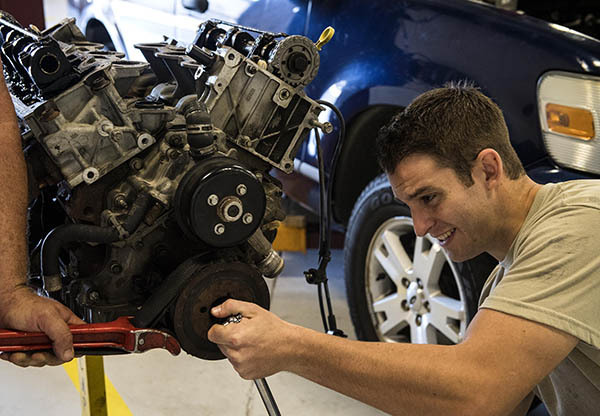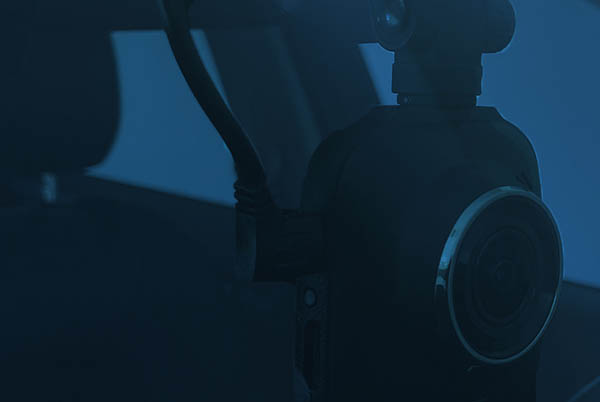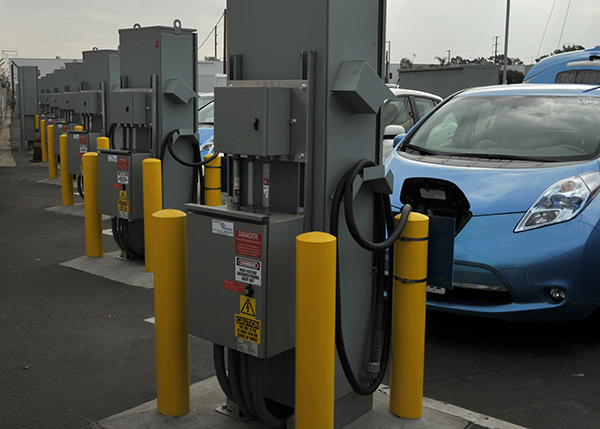
Five Government Fleet Challenges You’ll Face in 2021 – And How to Overcome Them
Dealing with the coronavirus is certainly the big government fleet challenge of 2020. But there are more issues coming, even as we work toward our new normal in 2021.
Managing a public fleet has always been similar to managing a corporate fleet. But there are nuances that set them apart from each other.
Getting your funds from constituents adds layers of regulations, along with public scrutiny and complex accounting practices. This brief glimpse into the world of government fleet challenges will help you recognize the contributions of government professionals – and what tools they use to overcome their unique challenges.
Retirements and Recruitments – Top Government Fleet Challenges
Experienced public fleet mechanics are retiring without clear successors. There’s no handoff of information to the next generation. Public fleets can’t recruit fast enough.

And it gets worse: Fewer people are going to trade schools. And those who do get poached into jobs that pay higher right out of the gate. In some cases, public fleets also require new hires to have their own tools. That’s a huge expense – $25,000 to $60,000 – for someone right out of trade school. Some of the more progressive public fleets are dropping that requirement or setting up financing programs to provide affordable tools.
Even though there’s more room to grow in the public sector, especially when you factor in that big pension, someone starting their career goes for the bigger paycheck. Fleet managers are trying to overcome this by visiting high schools and community colleges to steer students toward apprenticeships.
Driver Policies Slow the Adoption of Helpful Technology
Most fleets have a driver policy manual. They cover common-sense items. It’s basic, but exhaustive: They’ll take 25 pages to tell drivers not to speed, not to go anywhere illegal, to conform to personal use guidelines, etc.
And it’s not just managers who want drivers to behave themselves: Constituents are eager to catch public fleet drivers doing something wrong. Smartphones that can take photos and video make it easy to report violations, both real and fictitious. That’s anything from city vehicles idling to alleged speeding incidents to accidents.
Telematics can be a huge equalizer in this. Onboard devices can prove where vehicles were and how fast they were actually going. Also, in-cab cameras or dash cams are becoming more prevalent. They’re both huge assets in exonerating drivers.

Unfortunately, though, you have many public fleets that don’t address them in their driver policies. Adding them into the policies can be a battle, too, with both unions and human resources professionals raising objections. More than a few grievances have been filed over perceived invasions of privacy.
That’s unfortunate, because the combination of telematics and fleet cameras is a great way to equitably evaluate drivers based on factual data using a scorecard system. Instead of a disciplinary scorecard, you’re looking at positive scoring. Rather than looking at Driver A’s 4 speeding violations, you’re looking at their perfect 270 hours of driving versus a mistake or two in three hours during that time.
Vehicle Replacement: A Multilayered Equation
This is one of the biggest government fleet challenges. Public fleet managers usually have a useful life plan in place when they got to bid. The vehicles get turned over regularly and a percentage of each fleet gets replaced every year.
But what if you evaluate your vehicle use, and find out you can right-size and need to buy fewer vehicles this year? That’s good, right?
In most instances, yes. But in many cases, budget allocations must be used or there is a chance the agency could potentially lose those funds going forward or have to go through a tedious budget reallocation process.
And some vehicle replacements catch fleets by surprise. Consider supervisors who visit job sites in an F-150. Let’s say they leave the truck idling for three hours a day. Well, one hour of idling is equivalent to 25-30 miles of driving. The vehicle has more wear and tear than its odometer mileage indicates, and it uses much more fuel than it should for the mileage. Next thing you know, the engine has enough runtime for an oil change. But they’re focusing on the mileage, and don’t realize it needs to go in before the prescribed mileage.
That’s why fleet managers need telematics. That’s how they get the real insights about vehicle utilization. They can better maintain their vehicles and identify ways to reduce their fuel use. That allows their vehicles to actually survive their useful life plan.
Going Green is a Huge Opportunity … With Caveats
Every mayor out there wants to stand up and tell constituents “I made us go green.” One way many cities can make that happen is to replace conventional vehicles with electric vehicles. Not only do EVs shrink their carbon footprint, but the cities also cut their maintenance and operating costs. The federal government’s eGallon calculator shows that an EV costs less than half its gasoline counterpart to go the same distance. The calculator is based on residential rates: Public fleets that have their own solar or wind power will pay even less.

And let’s not forget all those federal incentives to switch to EVs, which can reduce the higher purchase costs.
Right now, pool vehicles are the first to go electric. There aren’t as many trucks or even SUVs with purchase prices that make sense.
There’s just one thing to consider: EVs need trained technicians. And typically, an EV technician won’t be able to work on conventional vehicles. Since they can’t “switch hit,” that means you’ll need enough EVs in the fleet for hiring a technician to be cost effective.
Making the Most of Buying Power
You’d think governments always get the best deals on buying equipment. But that’s not always the case. When they put out an RFP, some suppliers won’t even bid. They know the margins won’t be right for them. So the government agency is stuck with whoever submits bids.
And sometimes, government organizations aren’t allowed to consider value and quality. Some laws require them to use the lowest bidder.
There are also situations where governments will stick with one OEM because they’re already part of the fleet. If you’re a MOPAR shop, you might stick with Dodge because your mechanics are familiar with their products. And they have a good stock of parts ready to go. That can limit your buying power because it’s hard to switch OEMs and get a better deal.
There are, however, ways fleets can stretch their buying power. Some government agencies band together in multi-agency co-op arrangements. As a collective, they can make taxpayer resources go further. For example, a company bidding for seven fleets might be more motivated to cut a better deal than they would for just one fleet.
Summing Up Government Fleet Challenges in 2020
Public fleet managers have their hands full with a changing workforce, outdated driver policies, limited buying power, and numerous other issues. By updating policies, collaborating with other agencies, and connecting with future members of the workforce, they can still prosper. It just takes some planning, innovation, and long-term vision.





